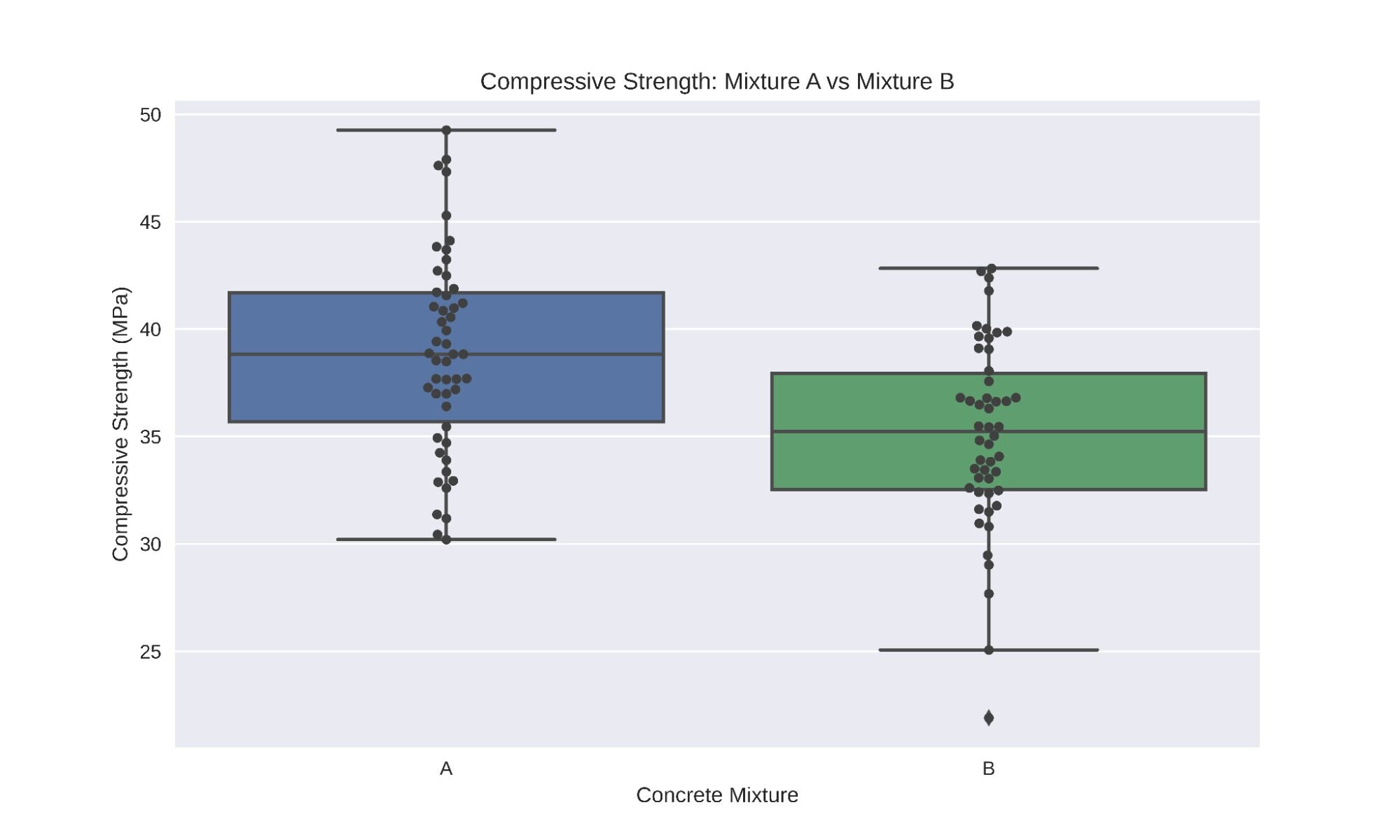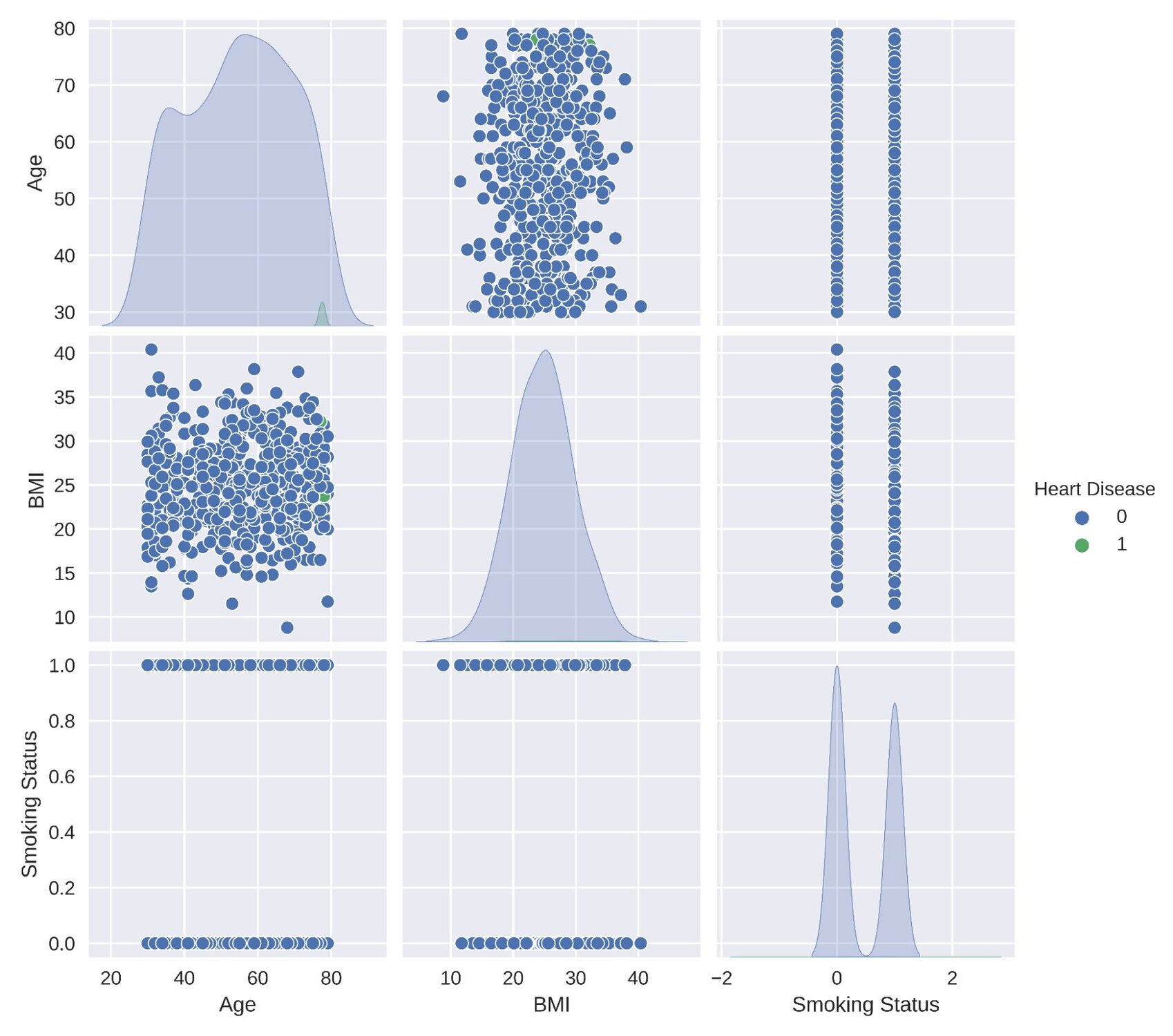July 19th, 2024
Descriptive vs. Inferential Statistics: What’s the Difference?
By Connor Martin · 6 min read

Statistics is a vast field, divided into many different subsets and types. Descriptive statistics and inferential statistics are two of those types – they’re basically two different ways of looking at data, and both bring value and benefits to the table.
This descriptive vs. inferential statistics guide breaks down all the big differences between the two.
What Are Descriptive Statistics?
To understand descriptive vs. inferential statistics and how they compare, we first need to know what the two terms mean. Let’s kick off with a look at descriptive statistics.
In the simplest of terms, descriptive statistics are just what they sound like – stats that are used to describe or report on the various features of a dataset.
This field focuses purely and simply on whatever data you have in front of you, and is used to describe, summarize, and understand that data. Typical examples of descriptive statistics can include mean, mode, and frequency tables.
As an example of descriptive statistical analysis in action, imagine a box of chocolates. If you apply descriptive statistics to that box, you could do things like:
- Count the total amount of chocolates
- Listing the varieties and flavors of chocolates
- Work out how many of each type there are
- Find out which types are most common and which are rarer
It’s all about building a comprehensive, detailed picture of the box (your dataset).
What Are Inferential Statistics?
Inferential statistics are totally different from descriptive statistics.
This field of statistics is concerned with inferences or predictions. They’re still based on the data you have available, but with a broader focus, extending your findings to predict, imagine, or hypothesize about how a much larger sample or population would appear.
Inferential statistics is crucial for coming up with conclusions or testing ideas, especially when it wouldn’t be practical or even possible to study those ideas, due to the scale and scope involved.
For example, you could apply inferential statistics to a small sample of human data in order to make trends or suggest hypotheses about a vastly larger amount of people.
Common examples of inferential statistics in action include hypothesis testing and confidence intervals.
Let’s return to our previous example with the box of chocolates to see how inferential statistics work.
With inferential statistics, you wouldn’t just take a single chocolate from the box and then use what you learn from that to predict or generalize the rest of the box’s contents. Nor would use the data from your box to predict the types and varieties of hundreds of other chocolate boxes.
It’s about using relatively small amounts of data to draw big conclusions.
What Are the Key Differences Between Descriptive Statistics and Inferential Statistics?
The list below highlights how descriptive and inferential statistics differ:
- Goal: Descriptive statistics aim to describe or sum up data, while inferential statistics are focused on unveiling predictions or inferences from it.
- Scale: Descriptive statistics are limited to the dataset you’re looking at, while inferential statistics look far beyond that, to a bigger population.
- Methodology: Descriptive statistics look at means, modes, totals, etc., while inferential statistics focus on testing hypotheses and analyzing regression.
- Visualization/Representation: Descriptive statistics take the form of graphs, charts, and tables, while inferential statistics appear in the form of predictions and probabilities.

What Are Some Similarities Between Descriptive Statistics and Inferential Statistics?
While there are evidently many differences between descriptive vs. inferential statistics, the two have a few things in common:
- An Analytical Approach: Descriptive and inferential statistics both involve the use of analytical methods and approaches to draw out insight and info. They do this in different ways, with different ends in mind, but rely on similar concepts.
- Similar End Goals: While the results of these statistical fields also differ, they have a similar end goal of learning from data. Both focus on using data to make discoveries, furthering our understanding of a topic through investigation into relevant statistics.
- A Platform for Deeper Analysis: Finally, descriptive and inferential statistics also both provide a sort of springboard for further, deeper analysis. They establish the groundwork or foundations through their conclusions, which can then be explored and tested in other ways.
How to Know When to Use Descriptive or Inferential Statistics
Understanding the differences between descriptive vs. inferential statistics is just one part of the puzzle. Knowing how and when to use each type is a completely separate challenge and one that many statisticians may struggle with.
Essentially, to figure out whether to use either descriptive or inferential statistical analysis, you must first identify your desired outcomes. Ask key questions like “How do we want to treat this data?” and “What are we hoping to learn from the data?”
In general, you’ll want to focus on calculating descriptive statistics when:
- You seek to learn more about a particular dataset.
- You only have a small amount of data on a specific group or population.
- You intend to establish clear, firm facts about your data, and present them in digestible, visual means, like charts.
Meanwhile, look to inferential statistics if:
- You seek to make predictions or conclusions about a larger population, based on a small sample.
- You intend to test a hypothesis.
- You’re focused on predicting future events or trends using the data available.
Statistical Analysis Tips for Better Results
Finally, a few tips to make more of your stats and analysis:
- Use Clean, Clear Data: There’s little use in analyzing data that isn’t of high quality. Use accurate data collection methods and verification to ensure your facts and figures are accurate and reliable.
- Define Your Goals and Understand Your Limits: Have a clear outcome in mind to target while analyzing your data, with clear questions to answer and insights to uncover. Also, understand the limitations of your data, and accept that it may not provide you with definitive answers.
- Use AI and Other Emerging Technology: Beyond the typical descriptive and inferential statistics tools like Excel, SPSS, and SAS, seek out emerging technologies to assist in your analysis, like AI, which can read and evaluate reams of data in an instant.

Discover How Julius AI Makes Statistical Analysis Painless
Whether you’re dealing with descriptive or inferential statistics, analyzing them takes time, effort, and a certain level of technical expertise, too. Make the whole process simpler with Julius AI, your AI-powered analysis assistant. Julius AI can extract insights, carry out advanced analysis, and even create charts, graphs, and reports, all from a simple prompt and set of data. Give it a try today.
Frequently Asked Questions (FAQs)
What’s the difference between descriptive and inferential statistics?
Descriptive statistics summarize and describe the features of a dataset, focusing on what the data shows. In contrast, inferential statistics use data from a sample to make predictions or inferences about a larger population.
What is an example of an inferential statistic?
An example of an inferential statistic is using a sample of survey responses to predict the voting behavior of an entire population in an upcoming election.
What is an example of a descriptive statistic?
An example of a descriptive statistic is calculating the average score of students in a class on a test, which summarizes the performance of that specific group.
